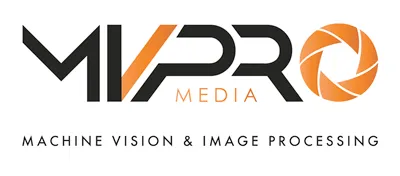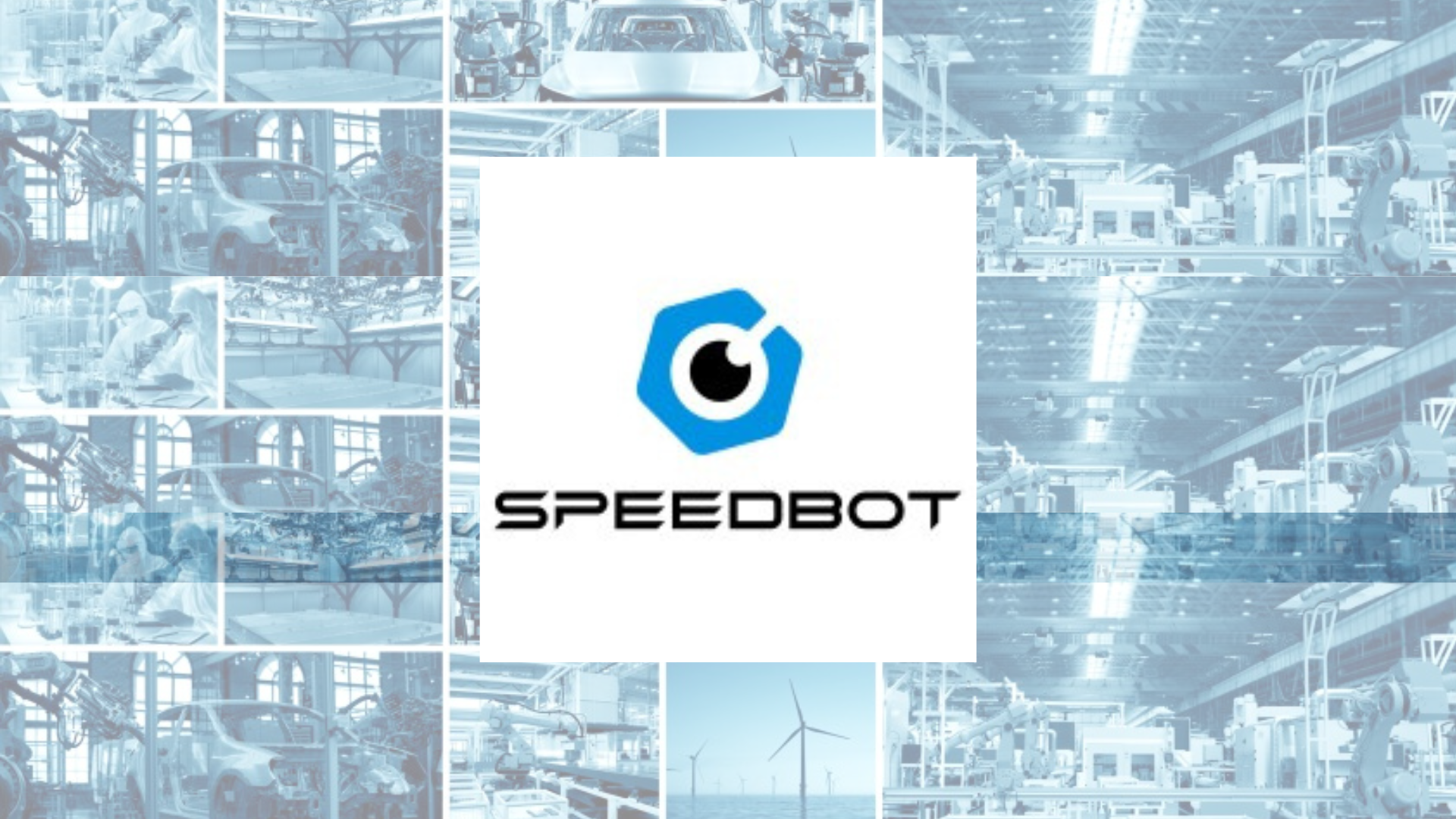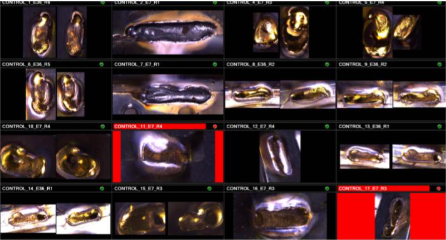A range of external and internal challenges are facing organisations in the manufacturing sector, from the need to keep pace with emerging technologies to the obstacles presented by the Covid-19 pandemic and Brexit. Visual Components, a developer of 3D simulation software for the manufacturing industry, worked with research house OnePoll to gather the opinions of professionals in the industry and ascertain the current trends. 100 UK decision-makers in the manufacturing sector were asked 20 questions on topics covering areas such as cost, sustainability and supporting technologies in manufacturing.
Hypothesis
Manufacturing and production sites are searching for ways to drive efficiencies, reduce costs and enhance their sustainability credentials in the light of challenges presented by the pandemic, the development of Industry 4.0 and the new world of data. Organisations are however making costly mistakes, such as the element of risk when trialling new production processes while balancing this with the need to remain sustainable in both materials and energy use.
Manufacturers can benefit from the trial-and-error style approach made possible by simulation software but have previously found them too difficult and complex to work with. To truly perfect the production of the future, manufacturers require ease-of-use and realistic movements to visualise how an action would be performed, while being able to facilitate automation. This research will discuss the hurdles in shifting to smarter i4.0 factories and gather the thoughts of professionals on the costs involved in manufacturing, their organisation’s position on sustainability and attitudes towards supporting technologies such as simulation software.
Millions are spent on correcting avoidable manufacturing mistakes
Keeping costs to a minimum is critical for any business, not least in the manufacturing sector, where investment in machinery and supporting technology can be an expensive venture. This has been made evident by the findings which reveal that the cost of building a new manufacturing site equates to between £1001-£2000 per m² for 41% of respondents for the upgrading of an existing site. For building a new manufacturing site, this is even higher, with 44% of respondents citing a cost of between £2001-£3000 per m².
When it came to the biggest challenge to building a new manufacturing site, cost restrictions/cost-benefit analysis was identified as the most commonly identified issue (14%). This makes it even more crucial for mistakes to be avoided in the manufacturing process to ensure that costs don’t spiral out of control and potentially cripple the organisation’s operations.
The results of Visual Components’ study also found that mistakes made in the upgrading or building of a new manufacturing site averaged a staggering £2.5m. When it came to general mistakes and/or associated downtime, the average cost to organisations totalled almost £98,000, with 2% even citing incursions of over £1 million. Almost all of the organisations surveyed (97%) also admitted to making at least one mistake when implementing automation or robotics. These figures reveal the true scale and potentially catastrophic impact of errors made in the manufacturing space.
The frustration among manufacturers is that these errors could have been avoided with greater scrutiny employed at the design stage, with the acknowledgement by 59% of respondents that potential faults could have been bypassed by being able to adopt a trial-and-error approach. This telling statistic reveals the potential for supporting technologies to help organisations to save significant sums of money via avoidance of errors.
Mistakes are often compounded by further difficulty with the revelation that 30% of respondents identify that mistakes made in implementing robotics or automation were due to focussing on the wrong area or process. With the actual bottleneck elsewhere, being able to have visibility of where issues lie is clearly a concern among manufacturers. External factors are making such errors more keenly felt, with cost pressures associated with Brexit, Covid-19 and the inability to secure funding for 15% of those looking to build a new manufacturing site and 17% of those planning to upgrade an existing one.
Prioritising cost reduction is also not just important for short-term stability, but also an enabler to building or redesigning the factories of the future. These factories will play a key role in the materialisation of i4.0, defined by the focus on digitising processes, getting the most from new production technologies, and managing energy and materials in a circular way. When asked about the most important technology or solution to help facilitate this, 19% of respondents identified cost management as the top priority. 34% also identified the need to increase production capacity, and as a result reduce costs, as the biggest driver to building a new site or upgrading an existing one.
Despite a willingness to prioritise sustainability, manufacturers are falling behind in current practices
A look at the survey results reveals that sustainability is high on the agenda for manufacturers, with more than a quarter (26%) citing it as the main driver for building new premises or upgrading an existing facility. With this question, 24% also cited the need to remain compliant with regulations.
A significant number of manufacturers are also prioritising short-term sustainability goals, with 42% of manufacturers identifying the reduction of power usage and 45% citing a reduction in consumables. Matching the eagerness for manufacturers to ensure sustainability in their practices is optimism among most that their business will help play a role in helping the UK Government reach net zero emissions by 2050 (89%).
Despite a high level of willingness to ensure sustainable practices and optimism for the future of UK sustainability, the reality for manufacturers in 2021 is that they’re currently falling short. On average, only 31% of materials used in the manufacturing process are sustainable, while 32% of manufacturing processes are powered by renewable energy. These stats reveal that there’s still a way to go for manufacturers when it comes to fully sustainable practices.
This finding is evidence of the disparity between those wishing to further their sustainability credentials and where most organisations currently are on their sustainability journey. Focussing on improving their sustainable practices with supporting technology such as simulation software will allow companies to make improvements across several key areas of their manufacturing, including:
- Efficiency – Smaller changes on the shop floor can be tested from an early stage, allowing unprecedented efficiency gains in production processes and outputs. The by-product of then ensuring these efficient practices is more sustainable strategies for organisations
- Waste – Lean manufacturing methods can be deployed. This applies to the production process by designing process flows that encourage the re-use of (raw) materials but also covers areas such as work ergonomics, AGV transport paths, the actions of forklifts and humans, and productivity losses
- Design – Factory designs can be fully optimised, whether it’s floor space or production or process flows. While many manufacturers may place initial focus on productivity gains via the testing of new processes, energy-saving benefits are also possible due to the ability for floor space to be utilised more efficiently
- Supply chain resilience – By being able to simulate elements of the wider supply chain, more transparent processes can be applied to the real environment. Manufacturers are then able to add resiliency to both supply and delivery processes and on the shop floor
The role of simulation software in the manufacturing process
As evidenced by its benefits towards sustainability, simulation software enables manufacturing organisations to achieve increased productivity and efficiency in operations. Of manufacturers that are currently using simulation software, the top reasons were given so was the validation of 2D/3D CAD designs (34%), process modelling, (34%), and automation projects (33%).
However, of manufacturers that currently use simulation software already, more than half (57%) feel that the solution is not easy-to-use. Two-thirds (66%) also admitted to not using the software efficiently and 13% said that their current solution does not meet their organisation’s needs. With organisations acknowledging previous mistakes such as poor layout design (20%) and poor robot pathways (19%), it may be the inability to effectively use a simulation platform effectively that’s causing the issue. The stats, therefore, reveal that choosing the correct type of simulation software is just as important to benefit from its capabilities.
Simulation software by Visual Components is easy-to-use in comparison to competitor products thanks to its ready-to-use library of manufacturing equipment and free and accessible online academy and resources. Logical and simple workflows allow efficient and speedy layout planning and conceptual design. Adoption of the solution would also enable organisations to tackle two of the four biggest challenges to building a new manufacturing site, including capacity planning (12%) and selection of the optimal line layout (13%).
Although supporting technologies such as AI (24%) and virtual reality (10%) were also identified as important applications in helping to build or redesign the factories of the future, Visual Components’ simulation software provides customers one unified solution for manufacturing planning, helping to bring together material flow, robotics, controllers, visualisation and virtual reality. It also provides a neutral and open environment that gives manufacturers the agility and freedom to collaborate with whoever they choose, providing flexibility in a digital environment.
Enabling digitalisation in the manufacturing industry
The findings by Visual Components reveal the specific challenges that UK manufacturers are facing, particularly around cost and ensuring sustainable practices. Although some organisations are utilising simulation software, those that are using it are unable to reap the full benefit.
Adopting easy-to-use simulation software by Visual Components allows manufacturing organisations to visualise actions before they are undertaken, leading to reduced mistakes and resulting in lower costs, plus efficient and sustainable practices. While on average organisations are only halfway there in terms of their digital transformation roadmaps (52%), those that truly leverage simulation software by Visual Components will be better prepared for digitalisation and increased competition in the i4.0 era.
You can find more information about Visual Components on its website.
Stay up to date with the most recent automation, computer vision, machine vision and robotics news on Automate Pro Europe, CVPro, MVPro and RBPro.
















